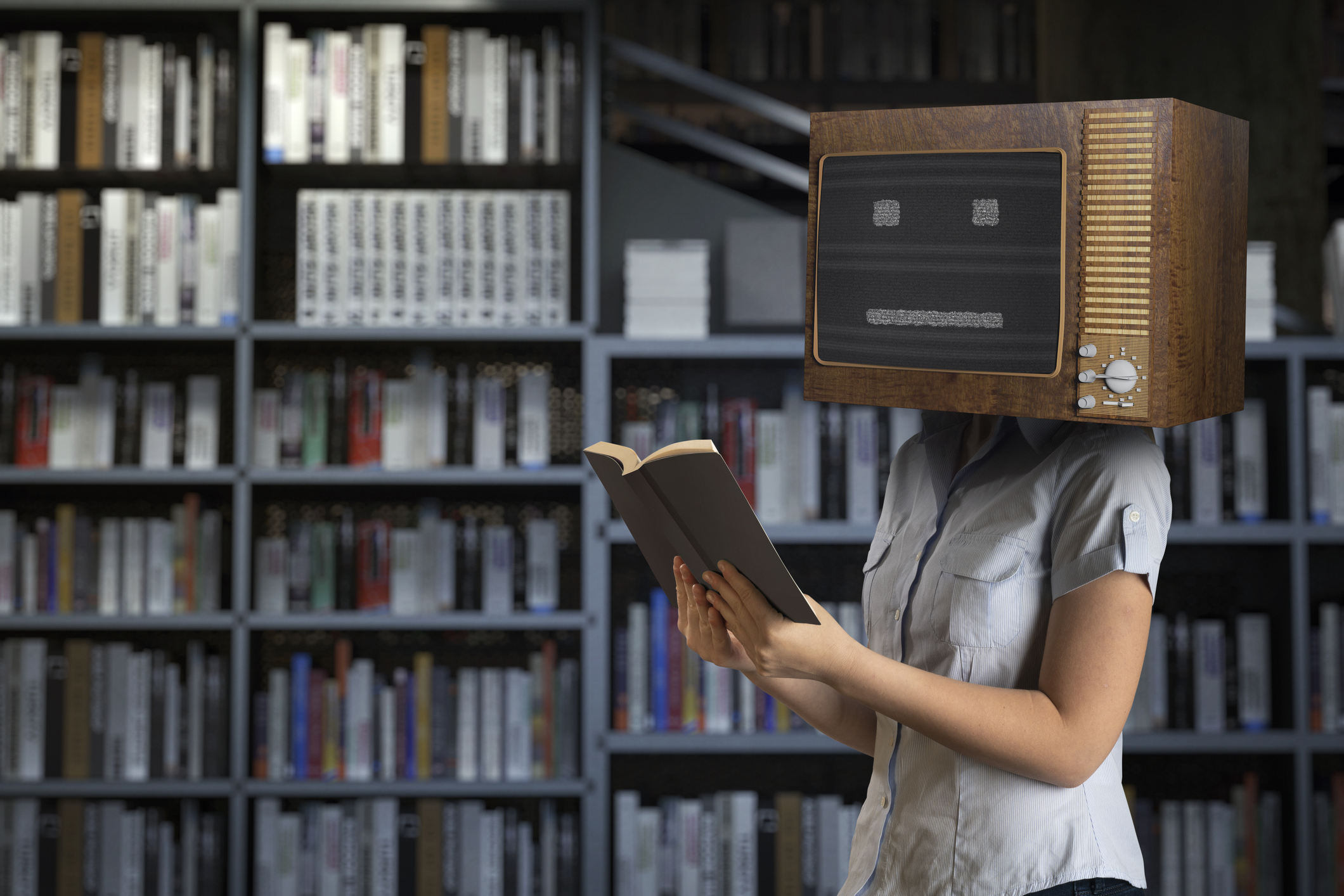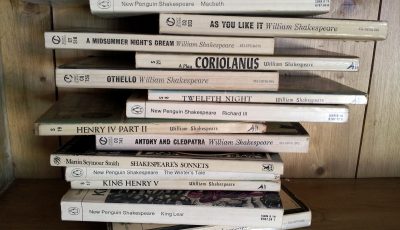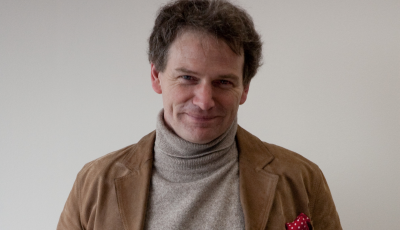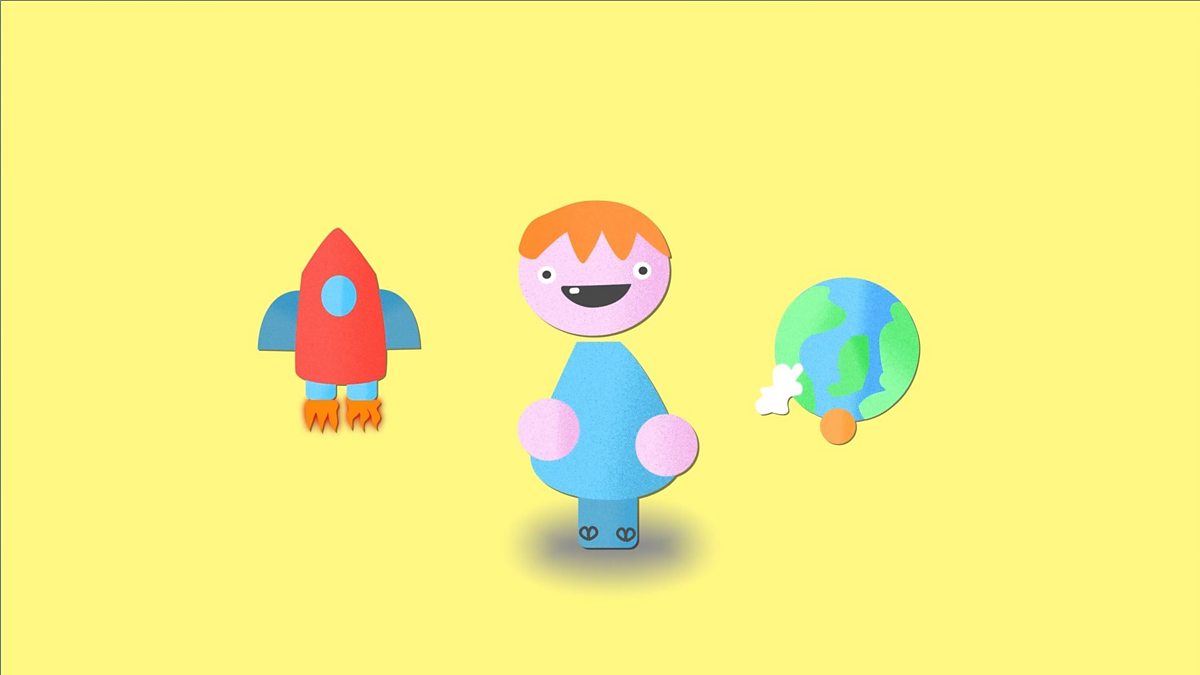Media Representations and Stereotypes
TV soaps and sit-coms – everyone’s guilty pleasures. And we can learn a lot from them. Dave Pickavance teaches at Dunblane High School and has plenty of examples to choose from when looking for engaging material to use with his Media students.

“We often look at Scottish stereotypes in Media Studies – there are lots of representations of them and most are not very flattering,” says Dave. “Students study what a stereotype is, learn to analyse texts for signs of stereotyping and to recognise the cultural and technical codes that represent people, places or things.”
This helps to develop the analytical and critical thinking skills that students need not only in their studies of mass media and culture, but which they can transfer to a wide range of other subjects, and to life in general.
“TV and film is a rich source of representation”, comments Dave, “Viewers often don’t watch programmes using their critical faculties- they watch for entertainment – but this is obviously what we want to develop in our students.”
Why use Representation and Stereoptypes?
He uses examples of productions that show how representations are constructed and how they are stereotypical: for example, the Scottish Highlands are typically represented as romantic landscapes with ruined castles, misty mountains and accompanied by haunting, plaintive music (Local Hero). In contrast, Scotland’s cities are shown as violent urban settings filled with abrasive, comedic characters who live in the gutter, and want as much as they can get from life without doing anything to earn it (The Debt Collector).
Even in so-called ‘reality TV’ little happens by accident – Dave shows students how in episodes of series such as ‘Geordie Shore’ material is edited and sometimes re-shot to achieve the desired representation.
Students look at the advantages of stereotyping for filmmakers: a lot of material has to be condensed into a short time, and a character stereotype enables the use of a kind of shorthand between the filmmaker and the audience.
Simple examples Dave uses include:
- Voice-over with cheesy puns on a Summer blockbuster trailer –“ this summer, get ready to rock”
- Wise-guys in expensive suits “Forgetta bout it” (Goodfellas)
- Character out of their element and away from home (Crocodile Dundee)
- Eccentric Bond villains’ foreign accents and sidekicks
Workshop Exercises
Dave has developed a CPD exercise where participants look at stereotypes from the Scottish comedy, ‘Still Game’ where he uses an episode called ‘Big Yin’. He divides his CPD group into four, they watch the Big Yin episode and then each group takes a task as follows:
- analyse how the various representations of setting, class, gender, ethnicity and age might promote ideas about Scottish society
- list the Scottish stereotypes and come up with reasons why these were used
- list the cultural codes about the elderly and youth/young offenders (which is relevant to the episode he uses)
- list the possible unintentional negative effects of the use of character representation and stereotypes and how they make a Scottish audience feel.
Then everyone discusses their findings in a plenary session. The results are analysed and recorded and shared after the session as a summary Powerpoint presentation.
Dave points out that there are plenty of media representations in all kinds of TV programmes and that broadcast material is a rich source of these.
“They’re everywhere you look – there’s no shortage. And once you begin to analyse the representations, it’s evident that they can be used in other curriculum areas and also for personal development and critical thinking – to challenge bias and preconceptions, encourage empathy, and lots of other uses.”
Resources
- The BBC ‘Still Game’ webpage
There are dozens of clips though teachers are advised to check the content for suitability.
- For a definitive ’cheat sheet’ guide to the programme’s characters, see this article on BBC Scotland Who’s Who in Craiglang
- For a more immersive introduction you can watch Get to Know: Still Game (nb parental guidance controls)
For more representations of stereotypes in comedy see
- Mrs Brown’s Boys ( content warning)
- Still Open All Hours
The BBC’s Comedy Classroom is a useful resource where teachers can have a Write laugh
One of the clips and a good example of stereotype inversion is Made in Peckham.



